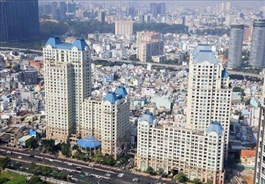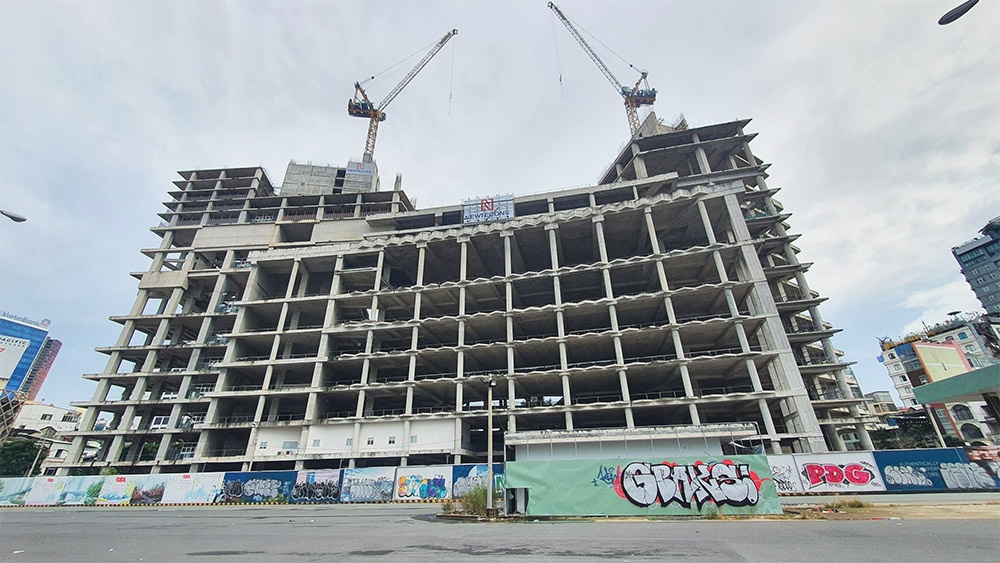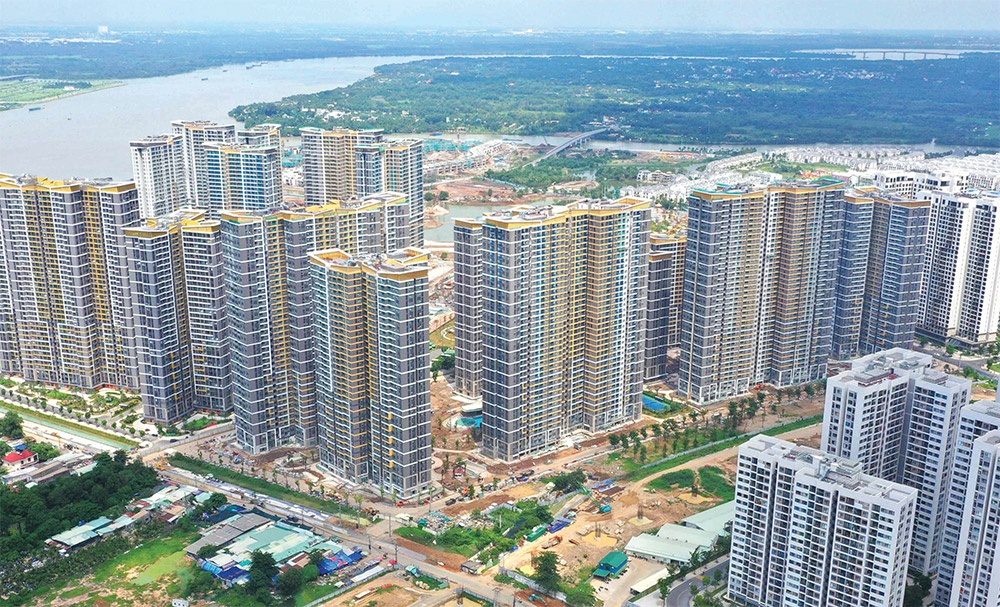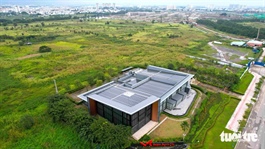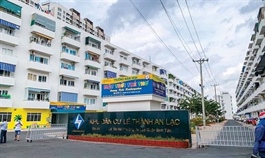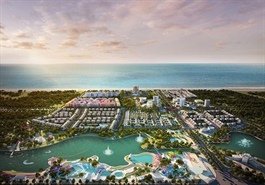Real estate cannot go global without green awareness
Real estate cannot go global without green awareness
Limited domestic supply of green materials and insufficient awareness of green real estate remain the most enduring challenges preventing Vietnam from participating more deeply in the global green real estate market.
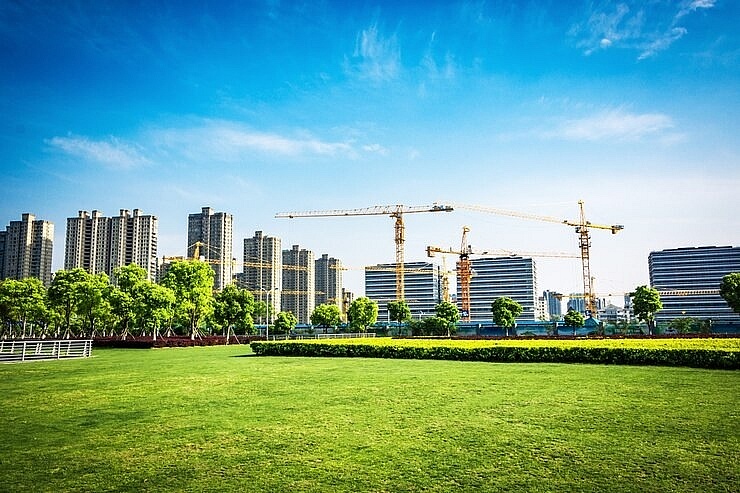
According to Le Cao Chien, an expert from the Institute of Construction Materials under the Ministry of Construction (MoC), many investors, contractors, and consumers in Vietnam are not fully aware of the long-term benefits of green building practices, such as reducing energy consumption, improving indoor air quality, and minimising environmental impact.
“For some investors, the perception is that applying green building criteria will increase costs, driving up construction prices and making their projects less competitive. Meanwhile, individual homeowners often think being green means simply having more trees on the property, without realising it also involves using green materials and operating the construction according to sustainability criteria,” Chien said at a Hanoi seminar last month on promoting the development of green materials.
Chien also pointed out that while Vietnam has developed various criteria for identifying green buildings, the country still lacks a synchronised set of standards for green labels, eco-labels, and green materials. This has led to the proliferation of counterfeit or substandard products, significantly impacting consumer trust.
Additionally, Chien highlighted that Vietnam does not yet have comprehensive data on the production and use of green materials in construction. Furthermore, personnel in the field – from production to project consulting, design, and construction – are not fully equipped to meet the growing demand for green projects.
“We must recognise the benefits that green materials bring. For consumers, they help reduce the risk of health issues caused by harmful substances, lowering future medical costs,” Chien said. “For businesses, adhering to green practices enhances their image, ensures legal compliance, and provides a competitive edge by offering sustainable products.”
To overcome these barriers, Chien emphasised the need for more investment in technical infrastructure, such as recycling facilities and construction waste management systems, to support the development of recycled and biodegradable materials.
However, Nguyen Cong Bao, CEO of Fico Tay Ninh Cement JSC, noted that it is possible to select green construction materials at competitive prices without increasing project costs.
“It is not difficult for project investors to find green products and materials at reasonable prices. With the same cost and quality, we can choose products with lower emissions,” Bao shared during a “Realising Social Housing” seminar held in Ho Chi Minh City in August.
Bao gave examples of green construction materials, such as concrete containing 25-30 per cent recycled materials like blast furnace slag or fly ash, and steel produced using recycled methods, which help reduce CO2 emissions.
Fico Tay Ninh’s green cement, for instance, has emissions of only 350-600kg of CO2 per tonne, which is 30-70 per cent less than traditional Portland cement.
According to the MoC, some of the top green materials currently used in the Vietnamese market include unburnt bricks, which can save up to 40 per cent of electricity consumed for air conditioning, and bamboo, which is both light and durable with higher carbon dioxide absorption capacity than wood.
Other innovative materials include green cement or fly ash, which are by-products of industrial production, offering high friction and heat resistance, and lightweight concrete, which is half the weight of traditional terracotta bricks. Recycled tiles made from leftover scrap and green wood walls, made from fully recyclable planted wood, are also gaining popularity.
As of the second quarter of 2024, Vietnam had 476 green buildings with a total certified floor area of more than 11.5 million sq.m, according to the MoC. Industrial projects account for the largest proportion, at nearly 40 per cent, followed by residential projects at 36 per cent, office buildings at almost 12 per cent, and other facilities at 6.5 per cent.




